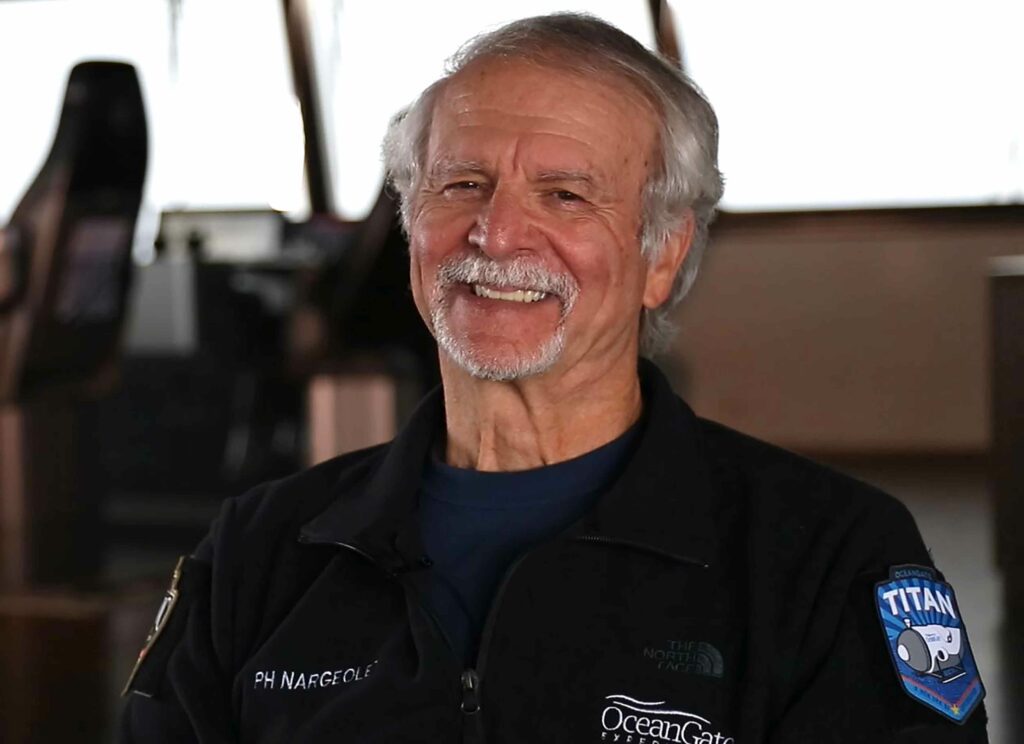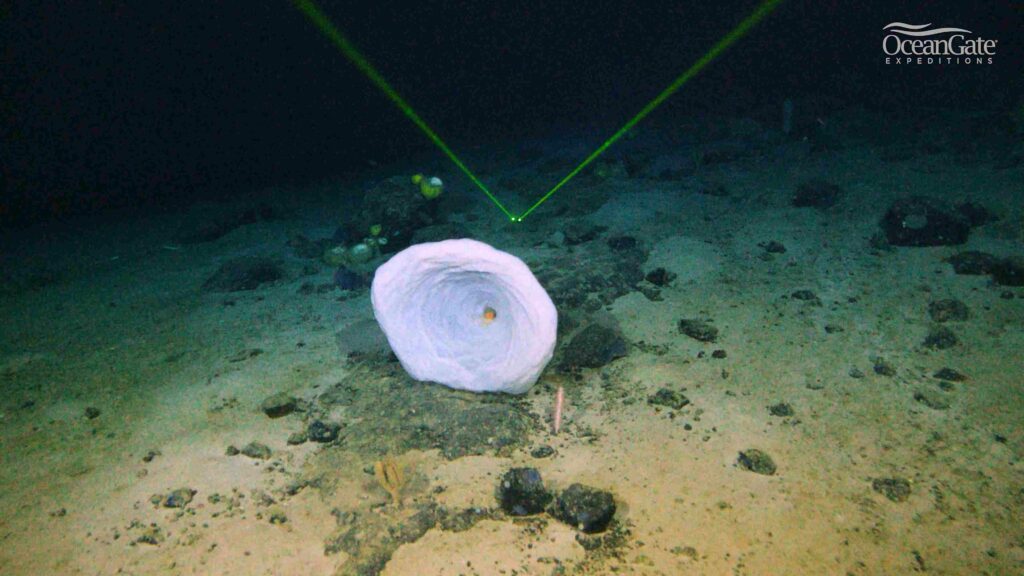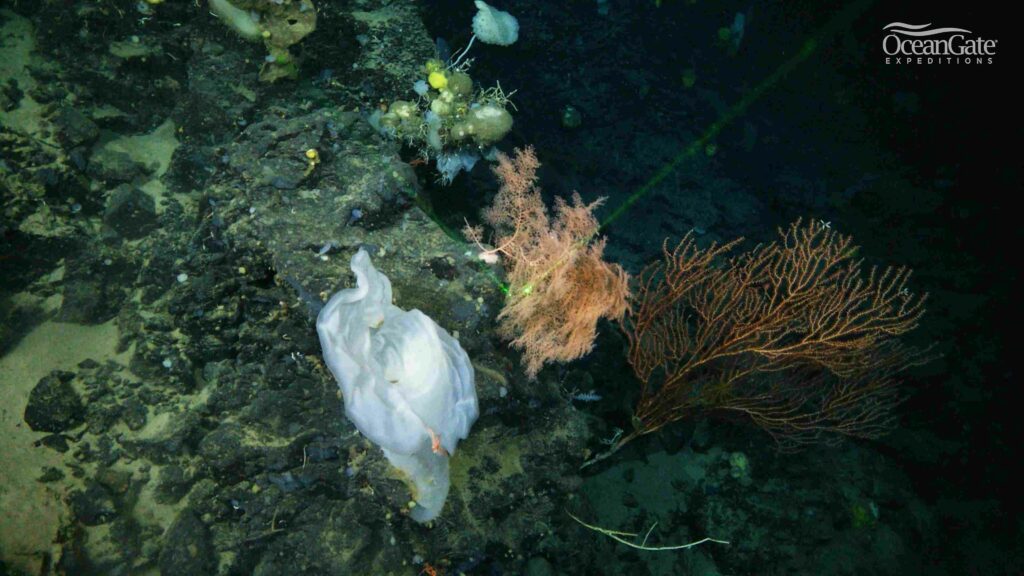A signal in the vicinity of the wreck of the Titanic was originally recorded in the form of a blip on sonar by Paul Henry Nargeolet 26 years ago. The veteran submersible pilot has now dived to the Titanic more than 30 times – but only recently has he solved the riddle of that mysterious blip.
It turns out to be an “extraordinarily biodiverse abyssal ecosystem” located on a volcanic basalt formation that lay unsuspected neighbouring the world’s most famous shipwreck – and it has now been provisionally named after two of the first people to sight it as the Nargeolet-Fanning Ridge.
Also read: Titanic scanners pick out Megalodon necklace
Businessman Oisin Fanning, whose name is linked with Nargeolet’s, had paid the US $250,000 (currently £216,000) it costs to join the OceanGate Expeditions crew as a “Mission Specialist”.

He was one of the five people on the Titan submersible as it investigated the ridge, the top of which lies above the 3.8km-deep wreck at 2.9km, during this year’s Titanic Expedition.
“On the sonar, this could have been any number of things, including the potential of it being another shipwreck,” explained Nargeolet. “I’ve been seeking the chance to explore this large object that appeared on sonar so long ago. It was amazing to explore the area and find this fascinating volcanic formation teeming with so much life.”
OceanGate Expeditions’ chief scientist Dr Steve W Ross reckons that the discovery will “improve the way we think about biodiversity of the abyss”.
“We are astonished at the diversity and density of the sponges, bamboo corals, other coldwater corals, squat lobsters and fishes that are thriving at 2,900m deep in the North Atlantic Ocean,” he said.
The ridge also offered an opportunity to compare its marine biology with that on and around the liner wreck itself, added Dr Ross. “The variety of life-forms, concentration of life and the overall ecosystems may differ between the deep artificial reef of the Titanic and this newly revealed natural deep ocean reef.”

OceanGate Expeditions, set up to conduct manned submersible expeditions down to 4km, is linked with the non-profit OceanGate Foundation, which provides financial support for marine research and applied technology and has assembled a team of US and UK marine biologists, maritime archaeologists and GIS mapping experts to support studies undertaken during the expeditions.
The team is now said to be reviewing video footage and stills, analysing the environmental DNA of water samples and running computer simulations based on evidence collected on the Nargeolet/Fanning Ridge as well as the Titanic itself.
“We need to share this information with the scientific community and policy-makers to be sure these vulnerable ecosystems get the proper attention and protection they deserve,” said University of Edinburgh marine biologist Prof Murray Roberts. The findings are also intended to feed into the iAtlantic research programme.

On a YouTube video showing footage of the ridge captured from Titan, Prof Roberts says the life-forms proliferating in the muddy sediment feed on particles of marine “snow” – and illustrates the advantages to a scientist of direct observation from a submersible.
“I noticed two colour varieties of the corals I work on growing really closely, so I leaned in closer and saw that the two coloured branches were fusing together,” he says. “I don’t think I would have spotted that from an ROV unless I had been really, really attentive to that TV screen.”
OceanGate Expeditions, which is based in Nassau in the Bahamas, is inviting aspiring Mission Specialists to contact it about qualifications and availability on its planned Titanic dives in May/June 2023.
Also on Divernet: Positive ID Of Ship That Tried To Save Titanic

